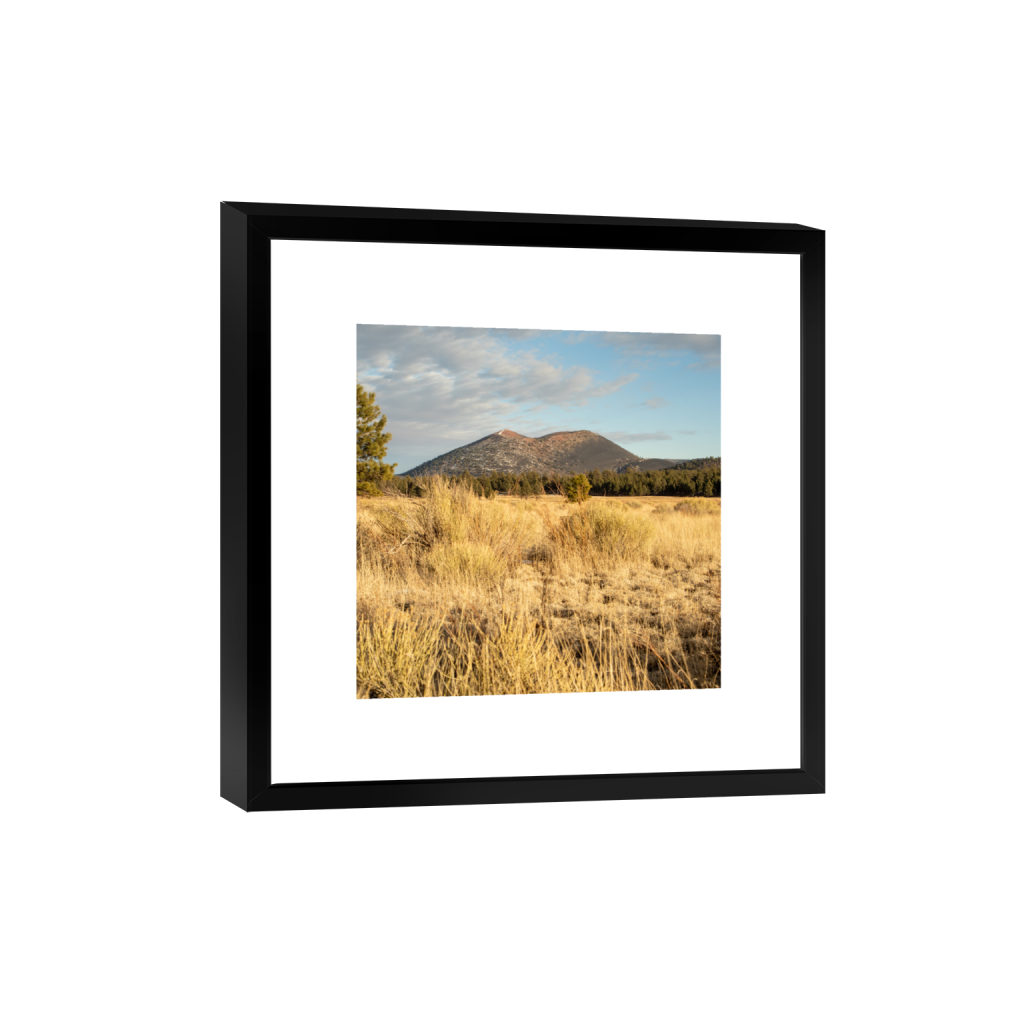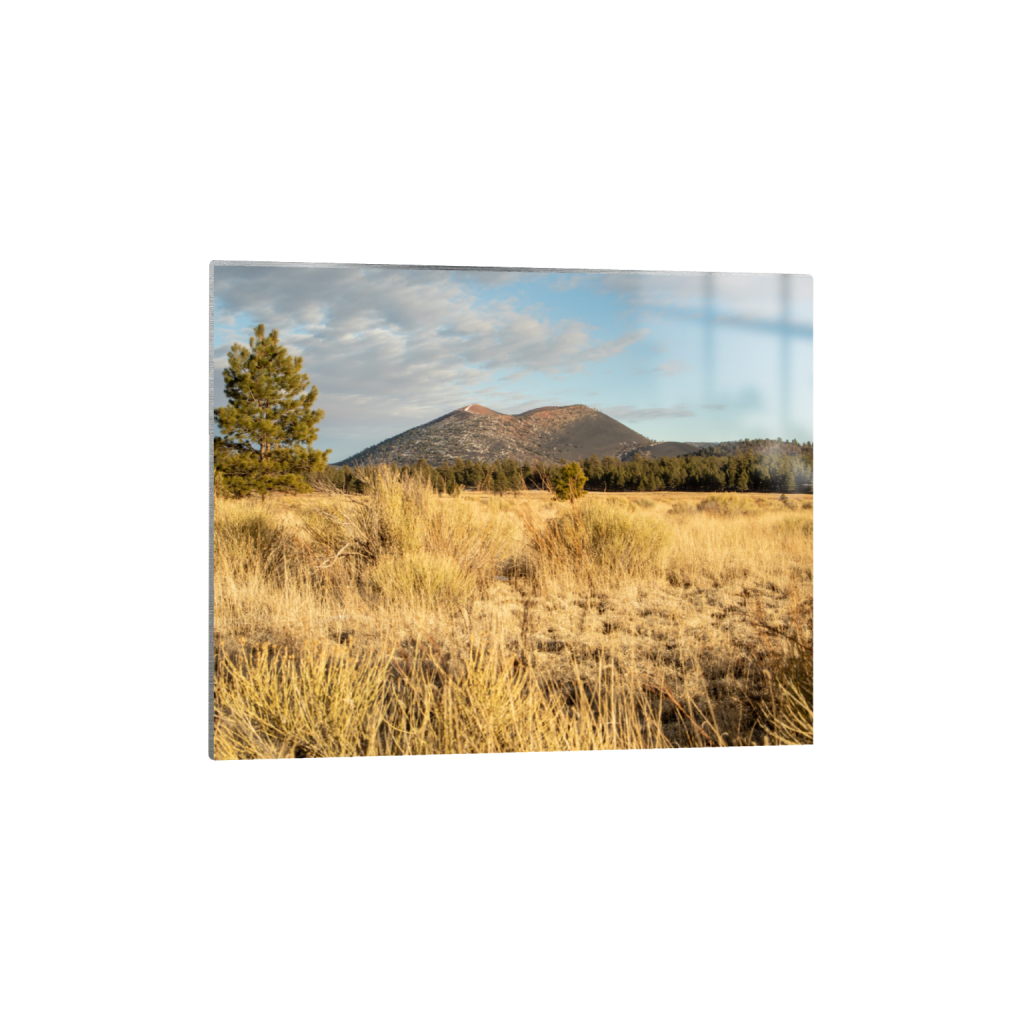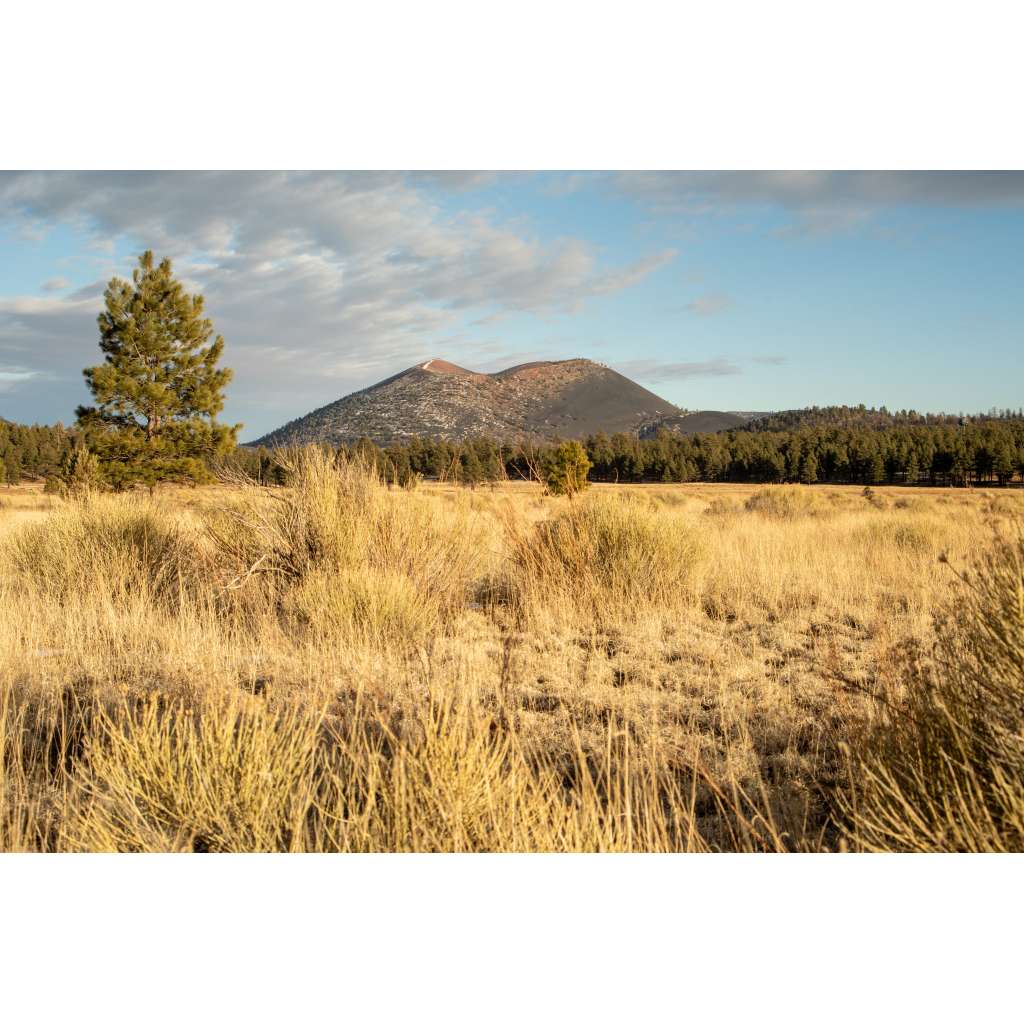Kodak Retina IIc
For decades, I dismissed Kodak cameras, associating them with the mass-produced, lowquality designs of the 1970s and 1980s. My career as a professional photographer and enthusiast led me to favor Minolta film cameras and later Sony and Canon digital systems. However, my recent exploration of 35mm folding cameras, driven by the need for a rangefinder-equipped model suitable for my visual impairment, brought me to reconsider Kodak’s Retina line. This article chronicles my journey from skepticism to admiration, culminating in the acquisition and use of a Kodak Retina IIc.
For decades, I dismissed Kodak cameras, associating them with the mass-produced, lowquality designs of the 1970s and 1980s. My career as a professional photographer and enthusiast led me to favor Minolta film cameras and later Sony and Canon digital systems. However, my recent exploration of 35mm folding cameras, driven by the need for a rangefinder-equipped model suitable for my visual impairment, brought me to reconsider Kodak’s Retina line. This article chronicles my journey from skepticism to admiration, culminating in the acquisition and use of a Kodak Retina IIc.
Growing up in the late 1970s and 1980s, I encountered Kodak cameras that epitomized the era’s "plastic fantastic" and Bakelite designs. These cameras, often flimsy and prone to failure, earned a poor reputation among photographers, frequently relegated to the status of gag gifts. While Kodak’s film remained the gold standard, their cameras, in my view, fell short of the quality offered by competitors like Minolta, which I relied on for years. This bias shaped my equipment choices, leading me to overlook Kodak’s offerings for much of my career.
As a legally blind photographer, I sought a compact 35mm folding camera with a rangefinder to simplify focusing, given my inability to judge distances accurately. Initially, I turned to Voigtländer’s Vito series, which I found reliable and well-designed. However, the only Vito model with a built-in rangefinder, the Vito III, was prohibitively expensive. This led me to revisit Kodak’s Retina line, specifically the IIc and IIIc models, which combine portability with rangefinder functionality.
My perspective shifted after discovering Retina Rescue, a website by Chris Sherlock, a renowned expert in vintage camera repair. Sherlock’s detailed insights into the Retina series, coupled with his engaging YouTube channel, provided a wealth of knowledge about the cameras’ engineering and history. His work challenged my assumptions about Kodak and inspired me to seek out a Retina IIc or IIIc.
After a thorough search, I found an eBay auction for a mint-condition Retina IIc, complete with 35mm and 80mm accessory lenses. Winning the auction at a price well below market value felt like a stroke of luck. When the camera arrived, it was pristine, with all components functioning as described. The Retina IIc’s Exposure Value (EV) system, which couples shutter speed and aperture based on a light meter reading, proved intuitive and accessible, particularly for someone with visual limitations.
On Father’s Day, I tested the Retina IIc during an outing to Show Low and Pinetop, Arizona, with a stop at the Mogollon Rim overlook in Payson. The camera’s bottom-mounted film advance lever required some adjustment, but the rangefinder made focusing effortless. Shooting at sunset, I captured images of the valley and winding road below, and the results were striking—sharp, contrasty, and well-exposed across various settings. The Retina’s optical quality and design exceeded my expectations.
The Retina IIc has reshaped my view of Kodak cameras, revealing a level of craftsmanship made in Germany I had not associated with the brand. Its compact design, rangefinder precision, and reliable performance make it an excellent choice for photographers, especially those with visual impairments. I highly recommend exploring Chris Sherlock’s Retina Rescue for anyone interested in vintage cameras. For collectors and enthusiasts, the Retina series offers a unique blend of history and functionality.
I’d love to hear from fellow photographers: Do you collect Kodak Retinas? What are your experiences with these cameras? Share your thoughts in the comments below.
Sunset Crater Volcano
Photographing Sunset Crater Volcano is like capturing the vivid palette of a master artist at work. As the sun dips below the horizon, the cinder cone transforms into a canvas of deep oranges and purples, with shadows dancing across the rugged terrain and a dusting of snow. The contrasting textures of the black volcanic rock against the overcast sky creates a stunning visual symphony, challenging the limits of perception and inviting a playful exploration of line and form. Each click of the shutter is an exhilarating reminder that beauty can thrive in the starkest of landscapes, leaving us to ponder the wonders of nature, even when sight becomes a fleeting memory.
On Sunday, Deana and I eagerly headed up to the charming town of Flagstaff to do some shopping for her. Flagstaff is truly an amazing place that we both thoroughly enjoy exploring together. There is so much to see and do around Flagstaff, from quaint shops to scenic views. After our adventurous shopping excursions, we decided to venture over to the Majestic Sunset Crater Volcano, a stunning location where life continues to spring up vibrantly amongst the rugged cinders of a volcanic eruption that occurred way back in 1085 A.D. According to Wikipedia:
The date of the eruptions that formed the 340-meter-high cone (1,120 ft) was initially derived from tree-ring dates, suggesting the eruption began between the growing seasons of AD 1064–1065.[7] However, more recent geologic and archaeological evidence places the eruption around AD 1085.[8] The largest vent of the eruption, Sunset Crater itself, was the source of the Bonito and Kana-a lava flows that extended about 2.5 kilometers (1.6 mi) northwest and 9.6 kilometers (6 mi) northeast, respectively. Additional vents along a 10-kilometer-long fissure (6.2 mi) extending southeast produced small spatter ramparts and a 6.4-kilometer-long lava flow (4 mi) to the east. The Sunset Crater eruption peaked at VEI 4 (Sub-Plinian), produced a total 0.52 km3 of ejecta,[9] had an eruption column between 20-30km tall[10] and produced a blanket of ash and lapilli covering an area of more than 2,100 square kilometers (810 sq mi), which forced the temporary abandonment of settlements of the local Sinagua people.
As we approached the volcano, my jaw dropped. The view from the open fields in front of the park were picturesque. There was a light dusting of snow atop the crater. We had hoped for more snow, but it was still breathtaking. I got out my now trust Sony A7Cii and Soligor 35*70mm f2.5 lens and went to work. Deana yelled at me at one point, because I had disappeared in the golden grasses. I get very excited about taking photographs, like a sniper crawling around on the ground, looking for the right vantage point. But, I am looking for just the right perspective and composition.
We continued on into the expansive park, fully embracing the captivating pastoral scenes as well as the more somber, charred remnants of burned trees and winding lava flows that told a story of their own. I found myself contemplating what it must have been like when this mighty volcano erupted in its fiery glory. The sunset, while somewhat mediocre at best, did not dampen our spirits; we made the most of it and joyfully headed home after a few hours of wandering amongst the rugged cinders and ancient lava flows. I could not recommend this enchanting place enough. There is truly so much to do in this vibrant area and an abundance of incredible sights to behold, each more mesmerizing than the last.






































































